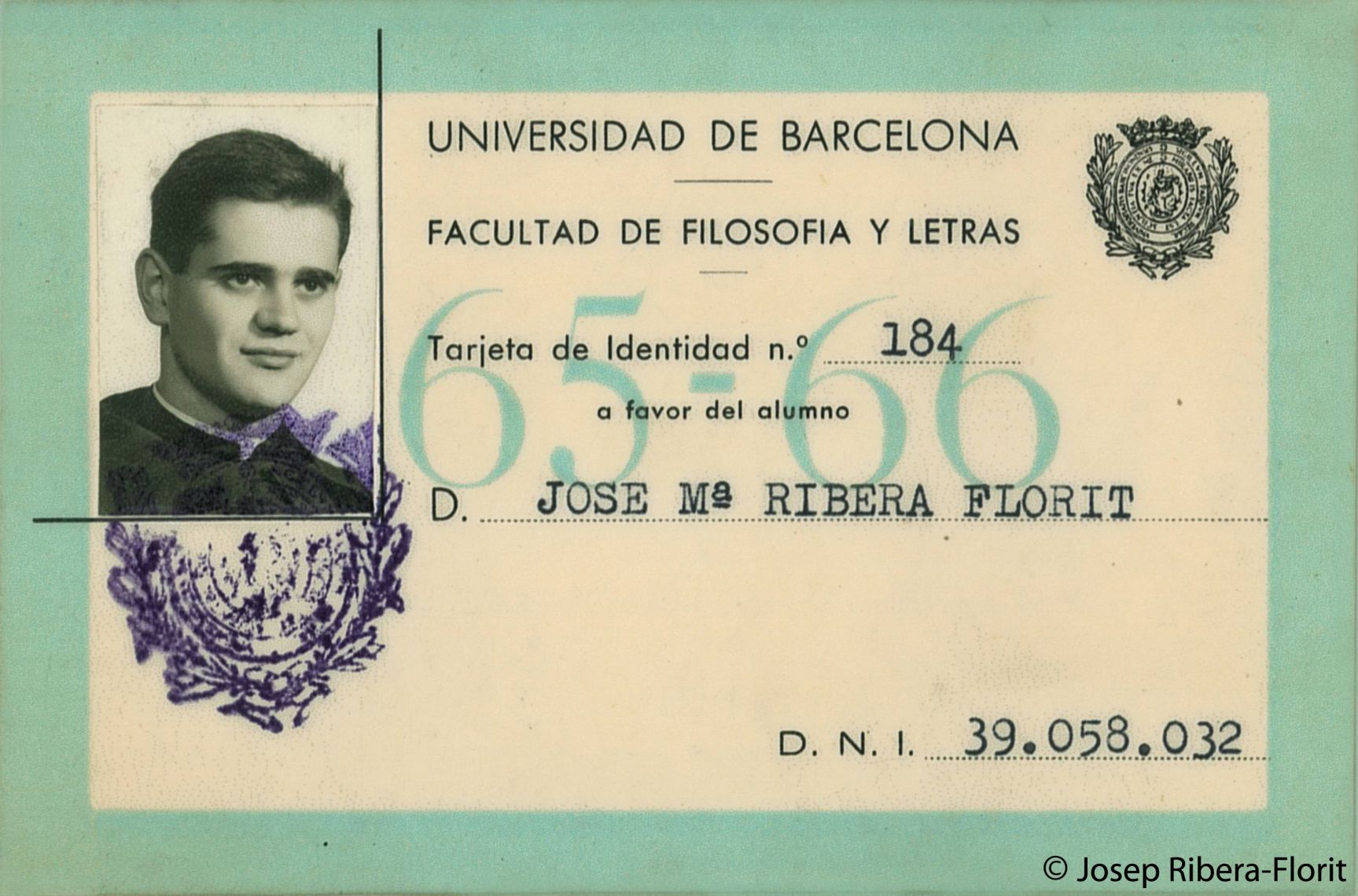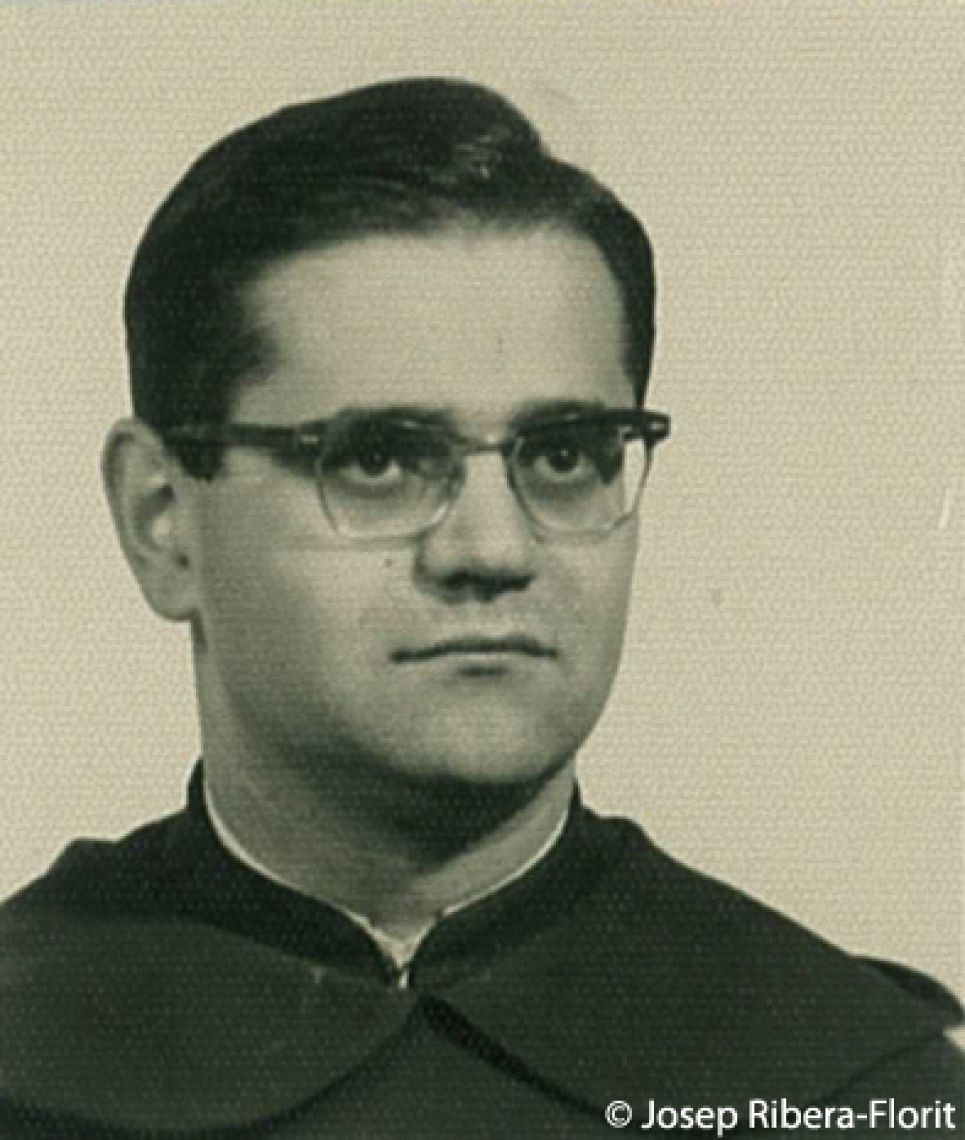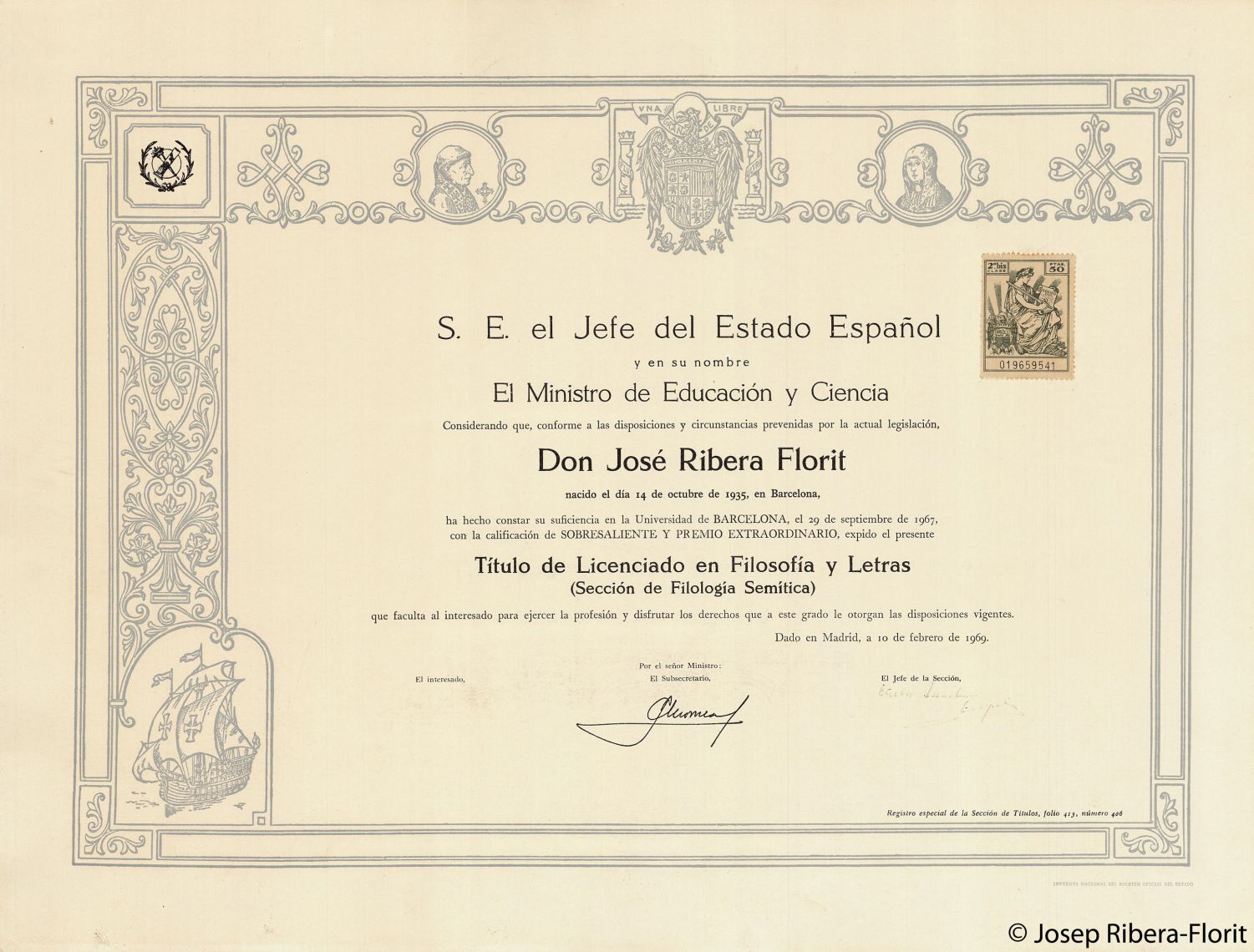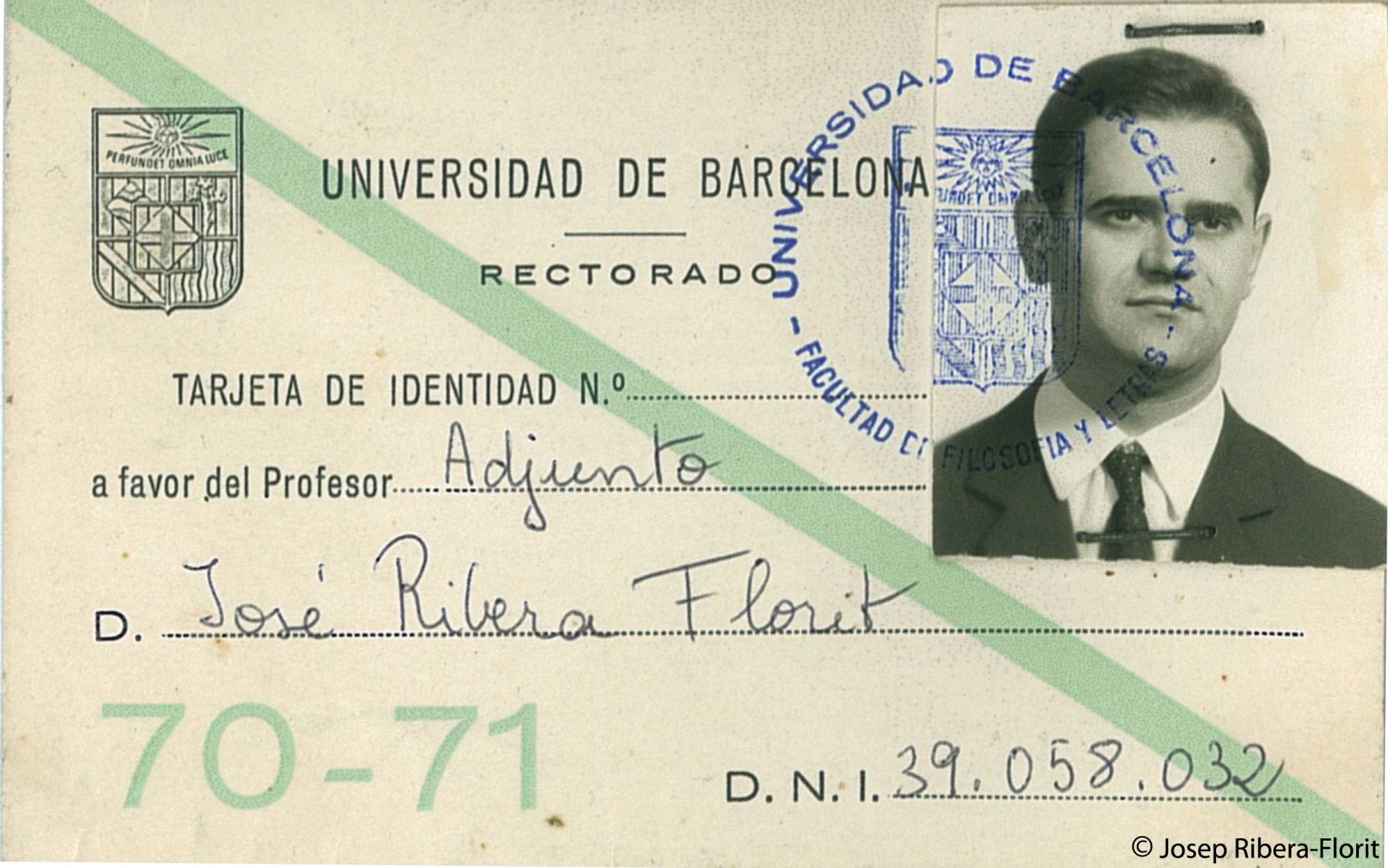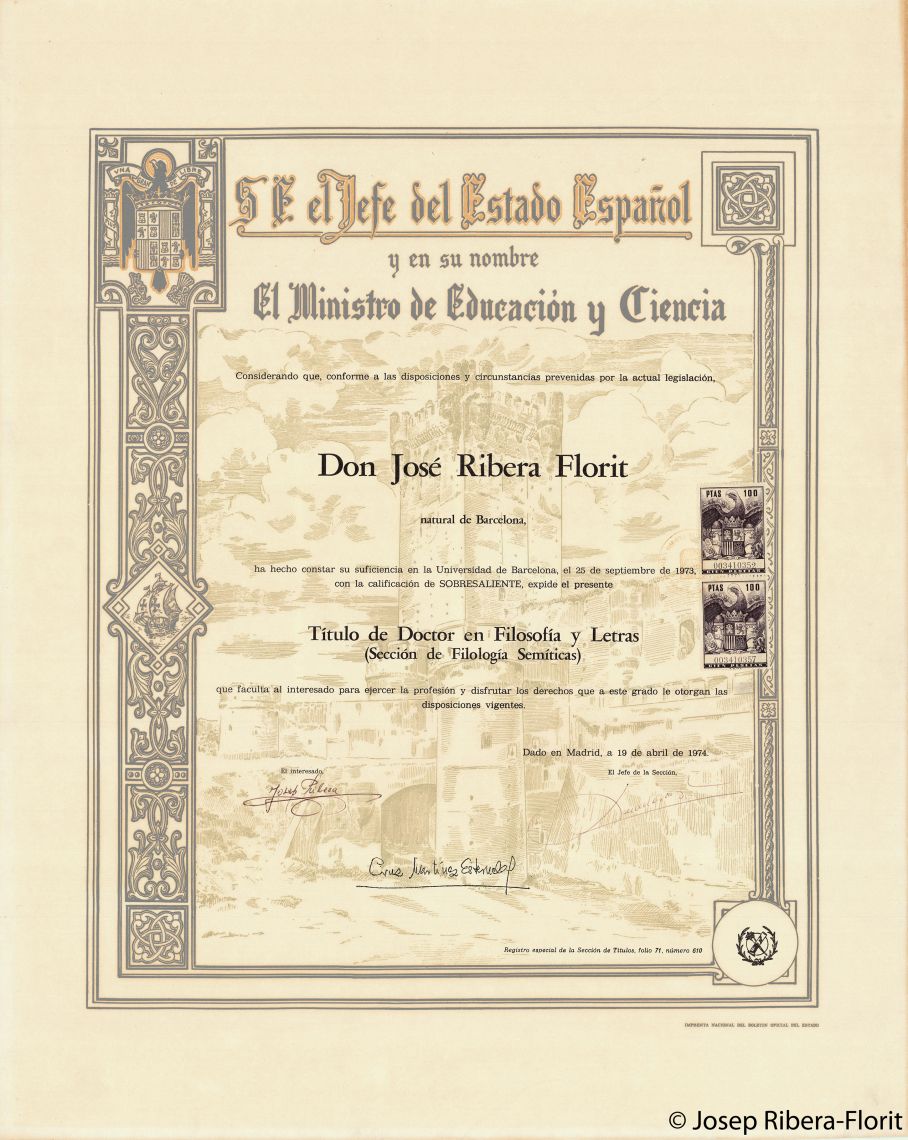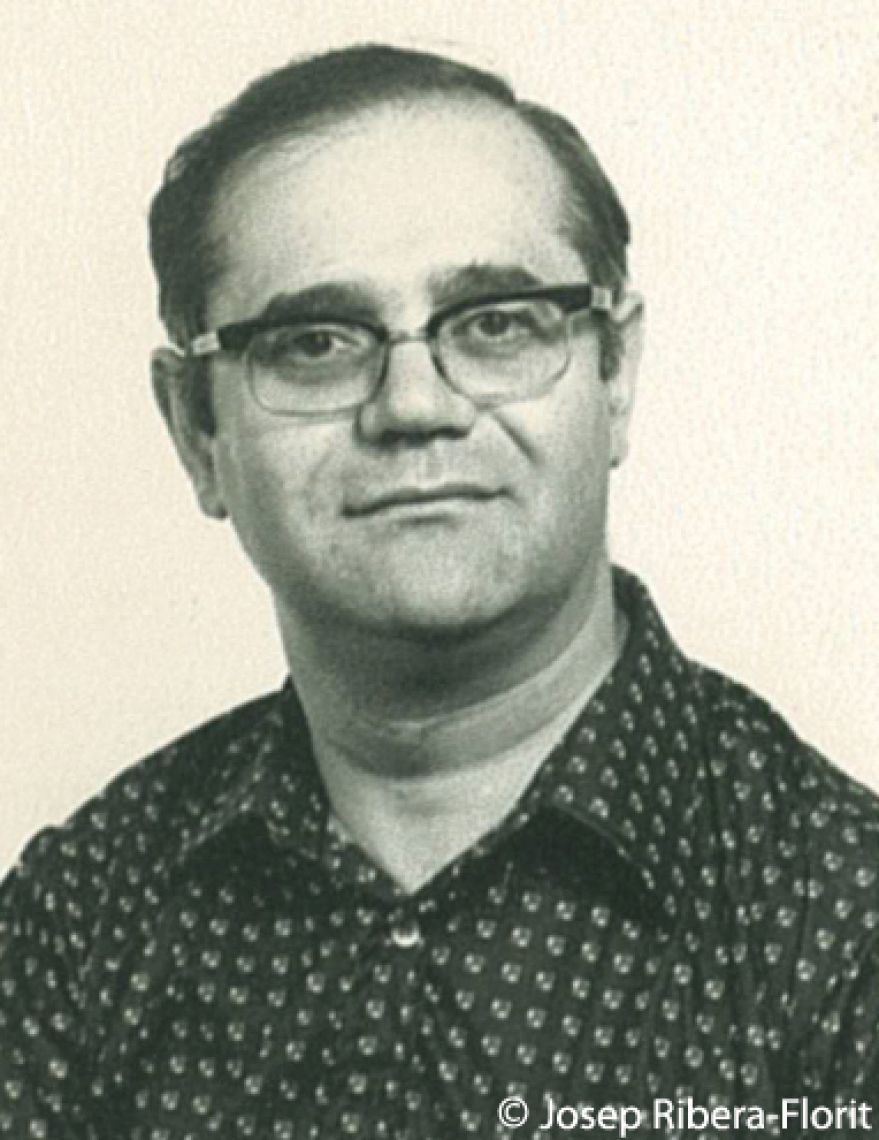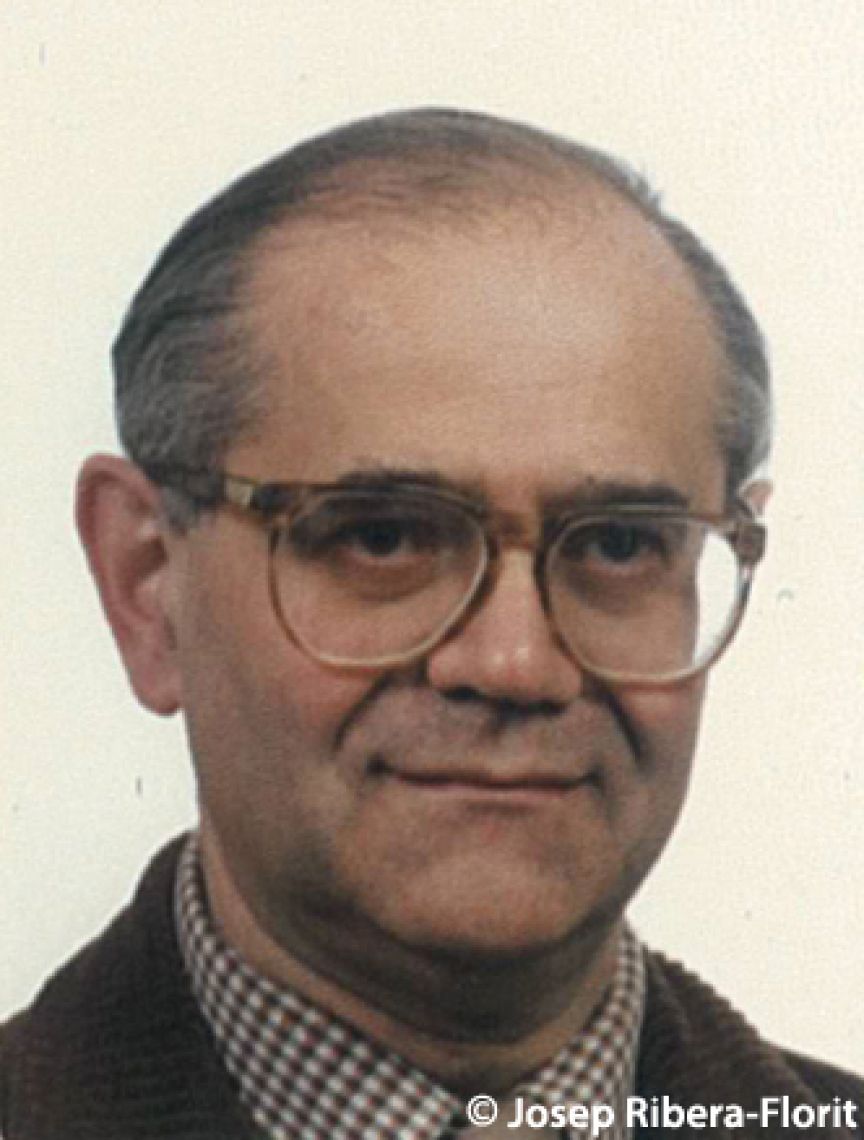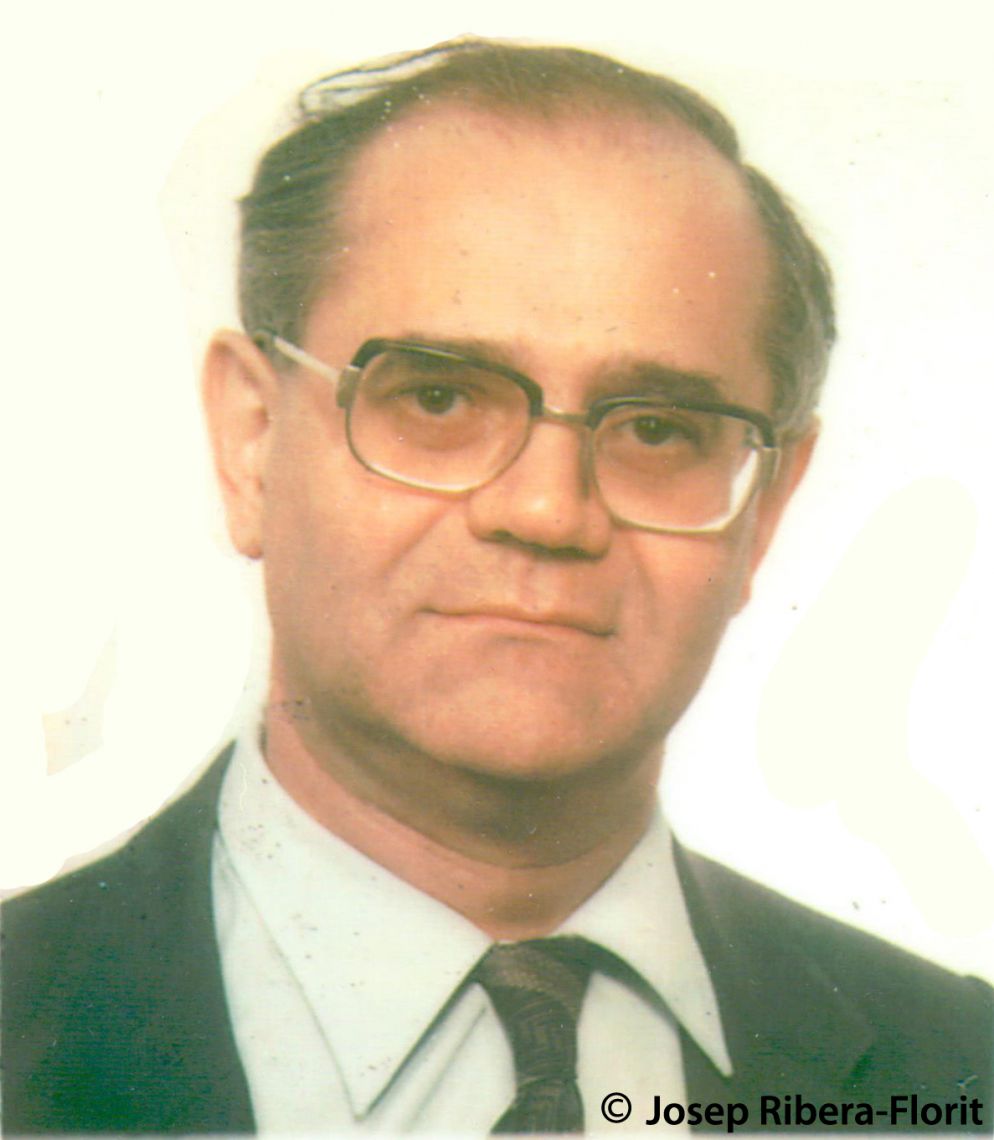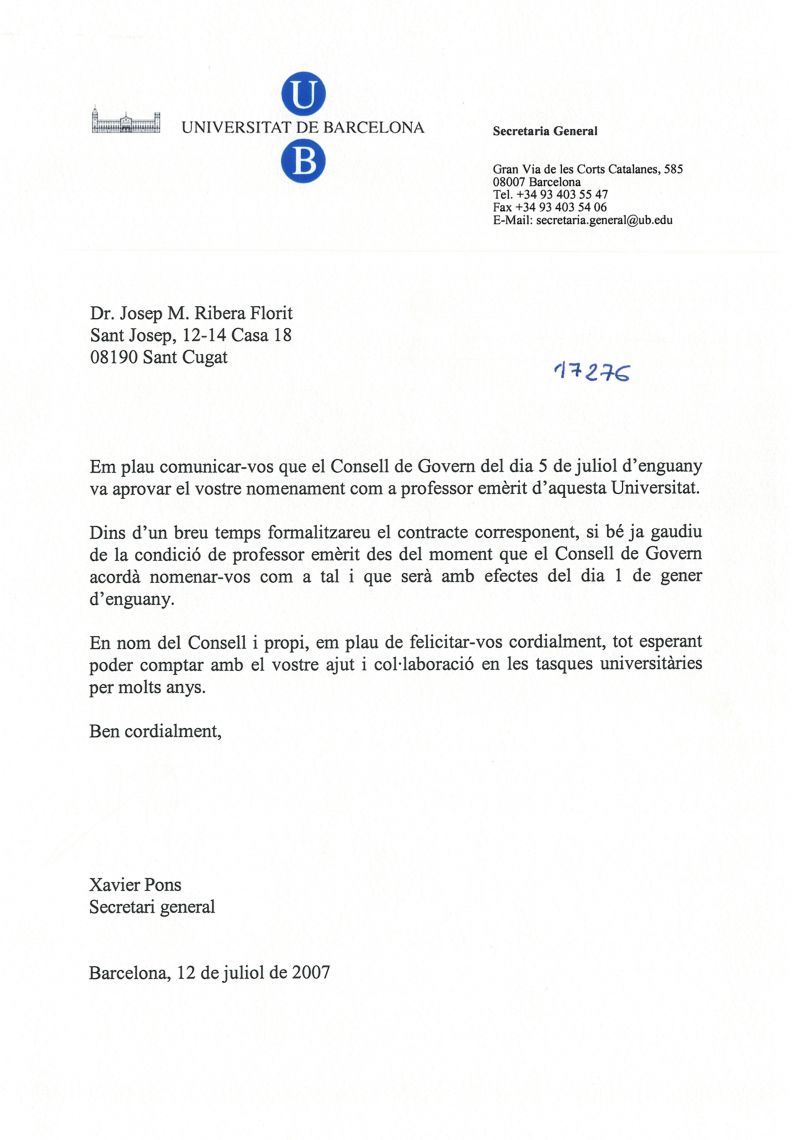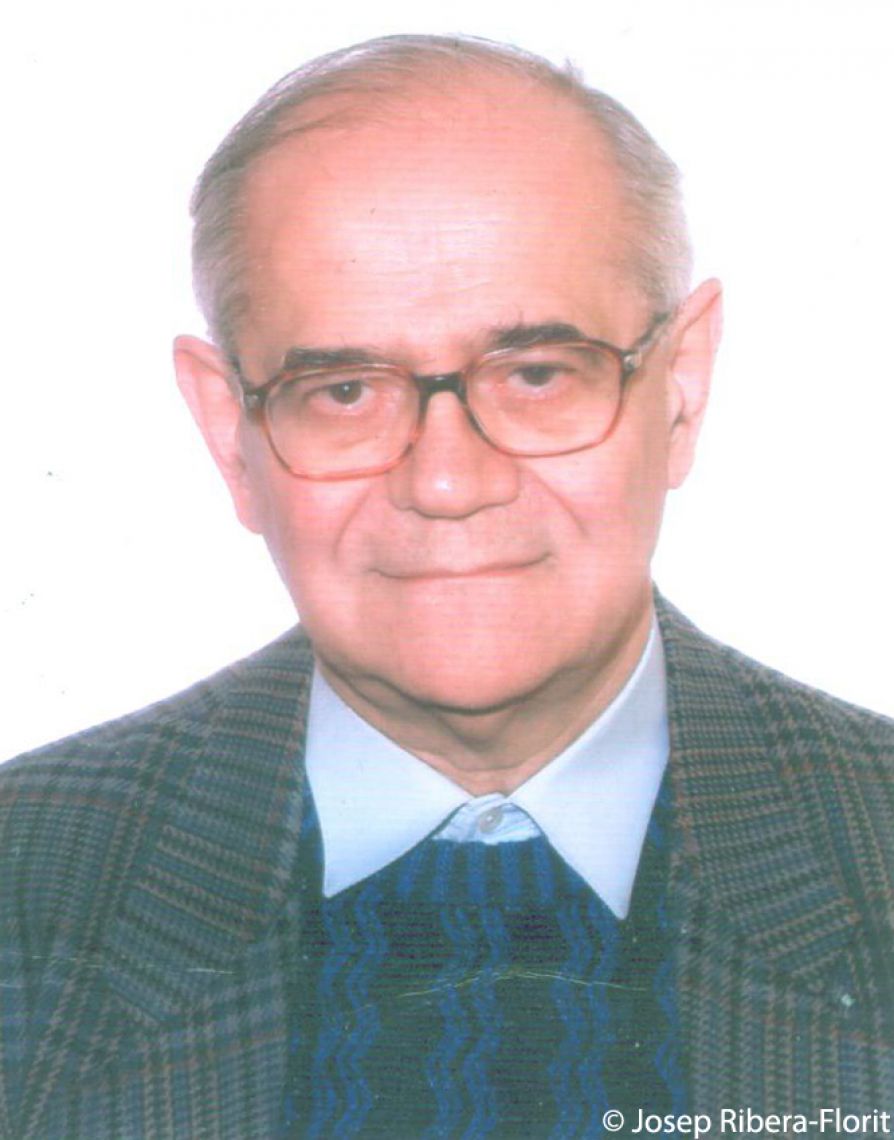In 1988 he became Professor of Hebrew and Aramaic following another examination at the University of Barcelona, thus continuing his work in the area of Hebrew and Aramaic studies and supervising several theses within the field of the Targum, such as those of the University of Girona's Professor Joan Ferrer i Costa, on the Targum of Hosea according to the Yemenite tradition, Professor Elisabeth Giralt of the University of Barcelona on the Targum of Amos, and the researcher Pere Casanellas, on the Targum of Zachariah.
The same year, Josep Ribera-Florit and Esther Bartolomé expected their first child, but lost him following various complications. In 1992 their only son, Ezequiel, was born, who years later would become an actor, writer, and philosopher, as well as carrying on the scientific and literary legacy of his parents and the artistic legacy of the painter Concepción Comellas Postigo.
Following in the footsteps of his predecessor as Professor of Hebrew at the University of Barcelona, Dr. Millás Vallicrosa, the founder of the collection Biblioteca Hebraico-Catalana, Josep Ribera-Florit launched a similar collection in 1993, created and designed exclusively by him: the Biblioteca Judaico-Catalana. In it, thanks to translations into Catalan by recognised specialists in Hebrew language and culture, important texts would be published which were originally written in Hebrew by the Catalan Jews of the Middle Ages.
